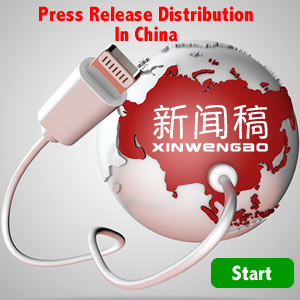Huawei and ZTE – two of China's top telecommunications equipment makers specializing in equipment for fixed-line and mobile phone networks – were out in force at a trade fair in Geneva recently, with the intention of using low production costs along with research and development skills to conquer the US and European markets, and the competition is taking them very seriously.
"ZTE has developed very quickly but is still a small player and essentially a China-based company," Shi Lirong, vice president of ZTE, told a news conference at the trade fair, Telecom 2003. "We hope to be a global telecoms manufacturer within five to 10 years." 25% of ZTE's revenue (US$1.33 billion for 2002) comes from overseas sales, and the corporation aims to double this ratio to 50% by 2008, according to Shi.
Similar ambition can be attributed to Huawei, for whom 20% of 2002's US$2.7 billion in revenue came from overseas – they aim to increase sales by 30% in 2003 and are already the second largest in the world's DSL line market, behind France's Alcatel. "We are more cost competitive because our research and development staff are established in China and this market is rich in software engineers," said Lars Bondelind, vice president of R&D.
Nonetheless, neither company is planning to rush into competition in the United States and European markets. Huawei, who recently had a property rights conflict with Cisco, has now partnered with 3Com Corp. to distribute its goods in the North American market; ZTE has had initial talks both with British telecommunications firm BT and Spain's Telefonica, and plans to install mobile phone networks for Portugal Telecom in Africa.



